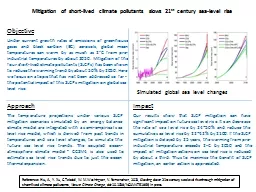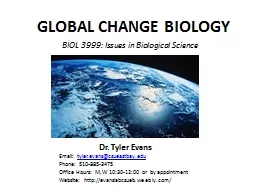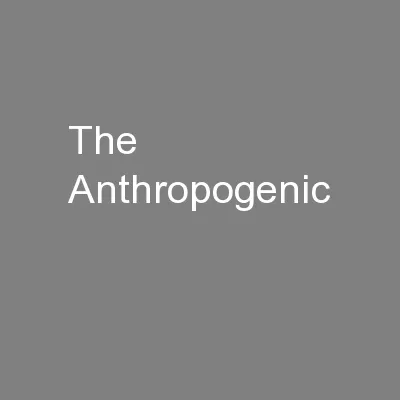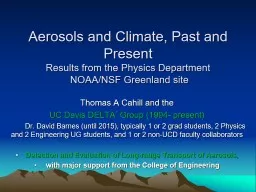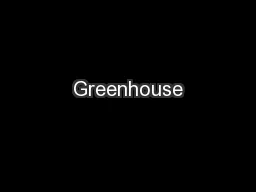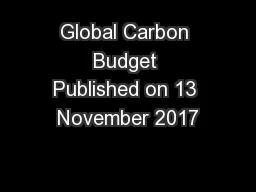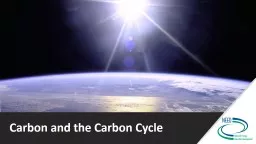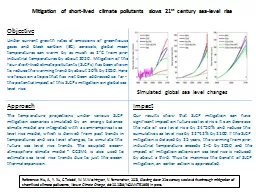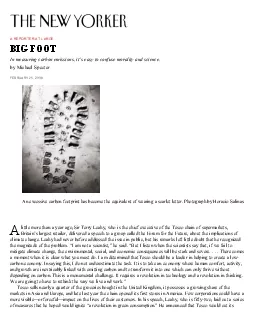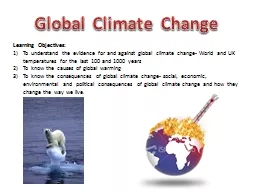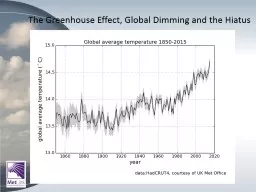PPT-Under current growth rates of emissions of greenhouse gases and black carbon (BC) aerosols,
Author : mudth | Published Date : 2020-08-26
Mitigation of shortlived climate pollutants slows 21 st century sealevel rise Objective Approach Impact The temperature projections under various SLCP mitigation
Presentation Embed Code
Download Presentation
Download Presentation The PPT/PDF document "Under current growth rates of emissions ..." is the property of its rightful owner. Permission is granted to download and print the materials on this website for personal, non-commercial use only, and to display it on your personal computer provided you do not modify the materials and that you retain all copyright notices contained in the materials. By downloading content from our website, you accept the terms of this agreement.
Under current growth rates of emissions of greenhouse gases and black carbon (BC) aerosols,: Transcript
Download Rules Of Document
"Under current growth rates of emissions of greenhouse gases and black carbon (BC) aerosols,"The content belongs to its owner. You may download and print it for personal use, without modification, and keep all copyright notices. By downloading, you agree to these terms.
Related Documents

